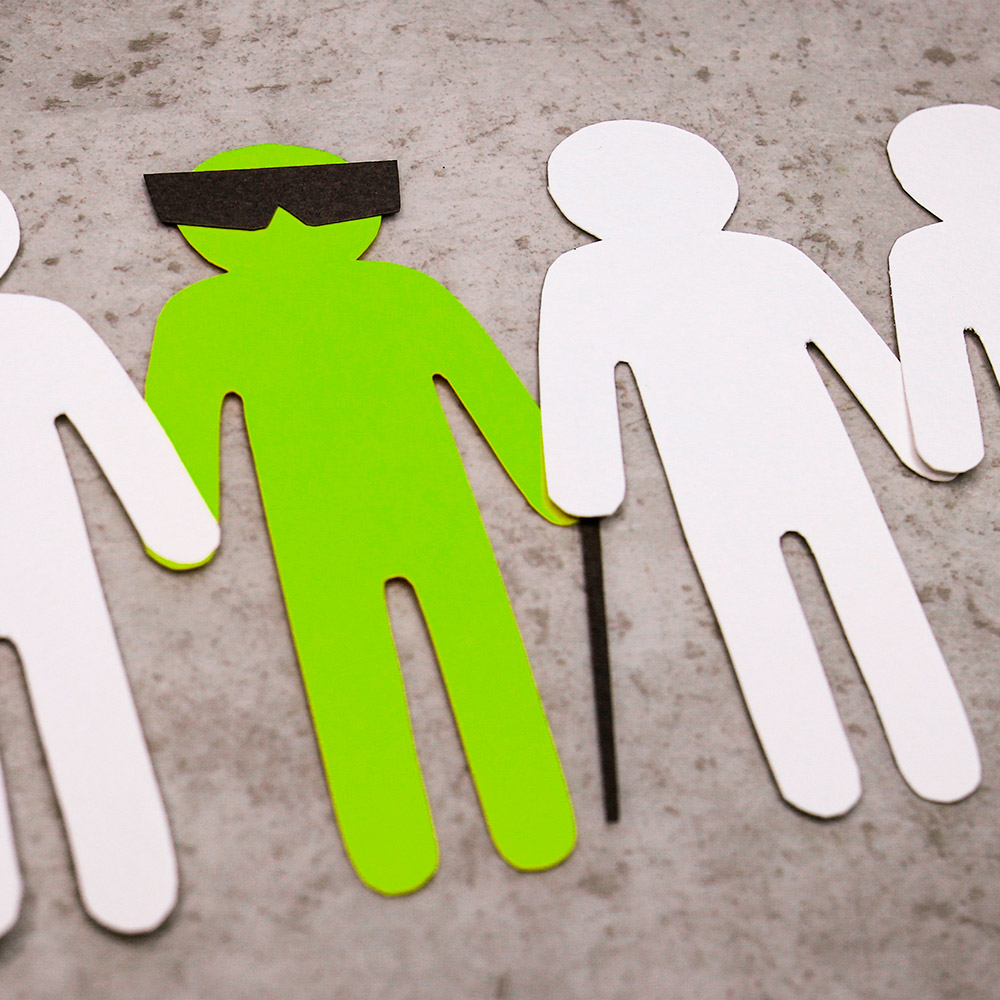In some countries, digital accessibility is a term that has been well-known for quite some time. While accessibility is just becoming mandatory in countries of the European Union, anyone living in the United States has heard of the ADA (Americans with Disabilities Act), just like anyone living in Canada is familiar with the AODA (Accessibility for Ontarians with Disabilities Act).
Both mentioned acts are continuously being updated as technology advances to ensure both the digital and non-virtual worlds are accessible to their residents and visitors.
To understand what role digital accessibility plays in providing equity and inclusion as we know it today, it’s important to understand its history.
1973. – The Rehabilitation Act (United States)
1990. – Americans with Disabilities Act (United States)
1994. – World Wide Web Consortium (W3C) Founded
1995. – Accessibility is built into a Microsoft Operating System
1998. – Section 508 of the US Rehabilitation Act of 1973, as amended (United States)
1999. – WCAG 1.0
2000. – Microsoft Windows Offers Text-To-Speech
2005. – VoiceOver Released for Apple Products
2008. – WCAG 2.0 replaces WCAG 1.0
2018. – WCAG 2.1
Without going into too many details, it all started with the United States Rehabilitation Act in the 1970s, which then evolved into the ADA. The idea behind the initial legislation was to ensure the world was accessible to all individuals (specifically in the United States). But, as the Internet was a novelty at the time, it was not included in the ADA requirements.
Following the enforcement of the ADA in 1994., Sir Tim Berners-Lee founded the World Wide Web Consortium (W3) at the Massachusetts Institute of Technology. W3C’s vision was to standardize protocols and technologies used to build the web to ensure it would be available to as many people as possible.
With the advancements in the World Wide Web, the initial Section 508 of the ADA was amended in the late 1990s to include the digital sphere as well.
Just a year later, the first WCAG (Web Content Accessibility Guidelines) was created and published by the W3C, introducing a set of international standards and recommendations to help users relying on assistive technologies to read, understand, and interact with digital content.
Throughout the years, the WCAG has been amended, and the W3C is currently working on finalizing and publishing the WCAG 2.2. One by one, numerous countries have been adapting and adopting the WCAG, making accessibility a mandatory item in the digital sphere.
If you’re unsure of whether your country has already adopted accessibility or if this is something they’re planning shortly, reach out to our team of experts. We’ll be happy to clarify any uncertainties and guide you through the process of bringing your content to a higher level of accessibility.
Author: Ela Jokić, Project Management Team Lead


